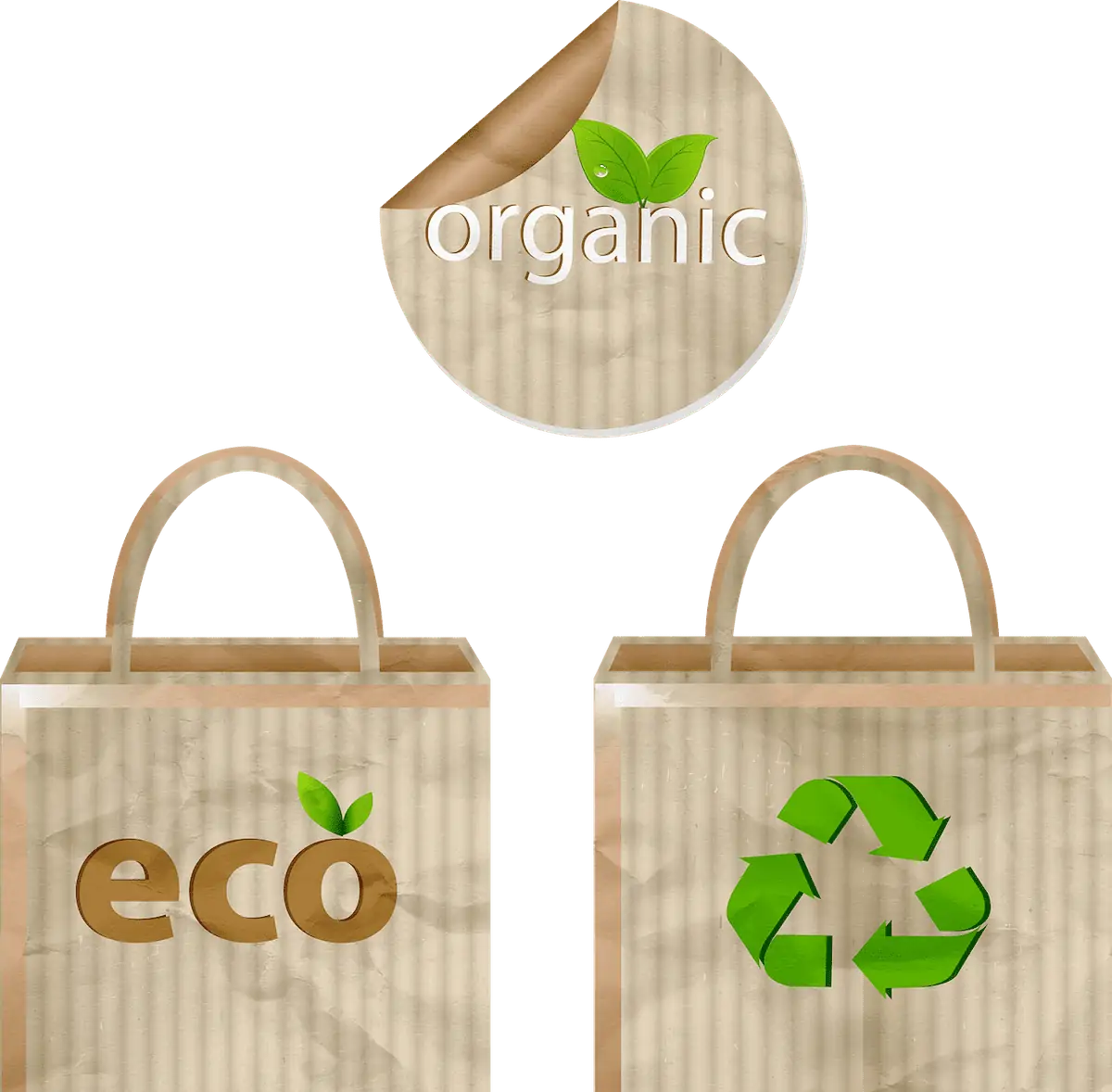Mono-material can be described as a product only made from one resin type. Packaging using this option is rapidly gaining popularity when compared to multi-material packaging.
There are a number of very clear advantages of using this option:
- Material is recyclable and much easier to recycle.
- Reduction of costs when considering the plastic tax and the overall environmental benefits)
- The integrity of the package content is ensured.
- Material is aesthetically pleasing.
- Reduction is resources and energy consumption during manufacturing.
- Perfect for printing, lamination, converting as well as efficient transportation and packing.
Why Use Mono-Materials?
Among all the advantages highlighted above, recyclability is one of the most important. Sustainability is becoming increasingly important for businesses as consumers become more aware of their impact on the environment. Basically, brand owners need to make the switch to mono-material flexible packaging so that they can:
- Maximize packaging materials’ recyclability.
- Encourage eco-conscious consumers to do business with them.
- Reduce environmental impact and carbon footprint.
- Enhance brand perception.
Nowadays, multi-material packaging is the norm due to its ability to combine specific functionalities from various materials. Although it can enhance specific properties, it is much more difficult to recycle than mono-materials.
The best example of the shift to mono-materials in packaging is found in supermarkets and retail chains around the world. This is where such packaging options are rapidly becoming more popular. Also, many brands started to launch recyclable material campaigns, as Unilever did with their Knorr soup powder in Turkey.
Mono-Material Packaging – Key Features
An increasing number of consumers, retailers, and regulators are demanding sustainable packaging that preserves products optimally. Packaging performs a vital function. Due to this, monomaterial packaging makes sense since it possesses several technical capabilities and key barrier properties.
At the same time, oxygen transmission rates are very good so packaging needs are easier to satisfy. Also, mono-material packaging will not impact produce texture, smell, or taste.
Recyclability Benefits
Since only one resin is used, it is much easier to recycle packaging made of mono-materials. This happens because separate materials do not have to be separate for individual recycling, as is the case with multi-materials. Most recycling centers can handle PE and some even PP, and PET. So, with the use of mono-material flexible packaging, it is very easy to collect, sort, and then recycle materials.
We should also emphasize the fact that mono-materials require less energy during recycling. This instantly makes the process more cost-effective. Recycling centers manage to reduce CO2 emissions thanks to working with mono-materials.
Conclusion
With the goal of reducing carbon footprint and making packaging easier to recycle, mono-material packaging is rapidly becoming the norm as multi-material packaging is gradually replaced. Globally, environmental protection and recycling are becoming more and more important.
Practically speaking, this means those brands that take into account their consumers will succeed. However, those who still use multi-material packaging will eventually lose customers. Moreover, they are actively losing money since mono-material packaging is more affordable than ever before.

